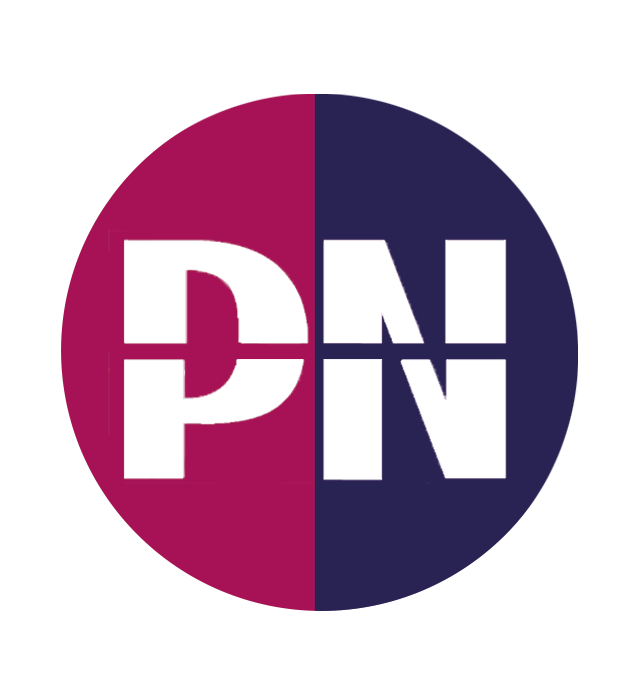What is meant by the term accessible formats?
Accessible formats in the UK refer to alternative ways of presenting information or content to ensure that people with disabilities can access and understand it effectively. These formats are crucial for promoting inclusivity and equal access for all individuals, regardless of their disabilities. Accessible formats are designed to remove barriers to information and communication, fostering a more inclusive society in the United Kingdom.
Here are some common accessible formats used in the UK:
1. Braille
Braille is a tactile writing system that uses raised dots to represent letters and numbers. It is primarily used by people who are blind or have severe visual impairments in the UK.
2. Large Print:
Large print materials feature larger text and images to make them easier to read for individuals with low vision.
3. Audio:
Information presented in audio format, such as recorded spoken text or audio descriptions for video content helps individuals with visual or reading disabilities access content effectively.
4. Closed Captions and Subtitles:
Text-based transcriptions of spoken content in videos and presentations are important for individuals with hearing impairments in the UK.
5. Screen Readers:
Screen reader software reads aloud the content displayed on computer or mobile device screens. These tools are vital for individuals who are blind or have severe visual impairments.
6. Accessible Digital Documents:
Digital documents, such as PDFs, should be created with features like text-to-speech compatibility, adjustable font sizes, and tagged structures for easy navigation with screen readers.
7. Accessible Websites:
Websites in the UK should be designed with features like proper heading structures, alt text for images, keyboard navigation, and other elements to ensure usability for individuals with disabilities.
8. Easy-to-Read Formats:
Simplified text and layout are designed for people with cognitive disabilities or those learning a new language, facilitating a better understanding of information.
9. Sign Language Interpretation:
Sign language interpretation may be provided for live events, broadcasts, or online videos to accommodate individuals who are deaf or hard of hearing in the UK.
10. Tactile Graphics:
Raised or embossed images and diagrams in the UK are designed for touch and used by individuals who are blind or have visual impairments.
In the United Kingdom, the provision of information in accessible formats are essential for ensuring equal opportunities and full participation for people with disabilities in various aspects of life, including education, employment, public services, and everyday interactions.
Legal requirements and standards, such as the Equality Act 2010 and the Web Content Accessibility Guidelines (WCAG), exist to promote the creation and use of accessible formats, thereby fostering a more inclusive society in the UK.






